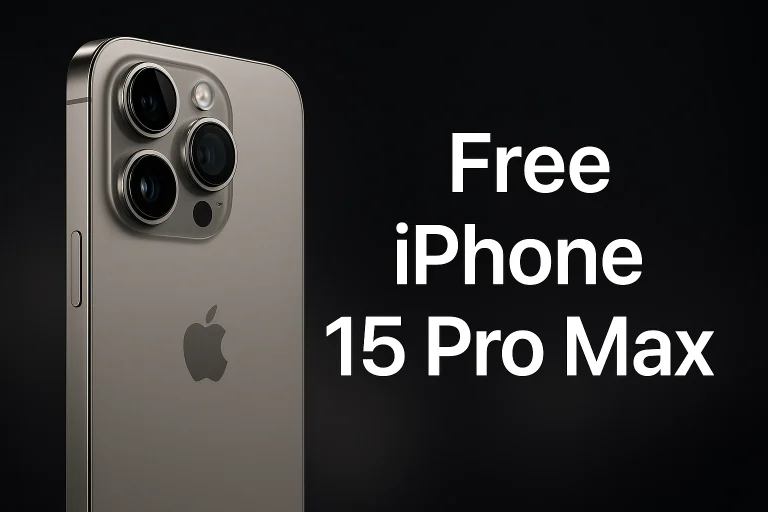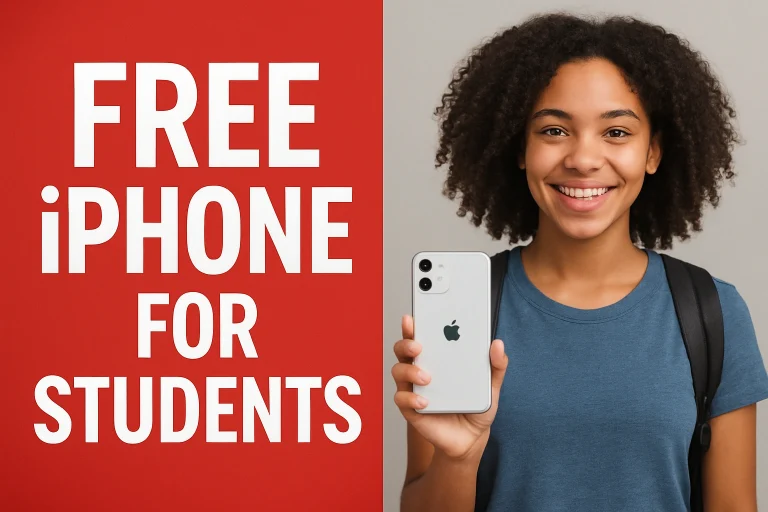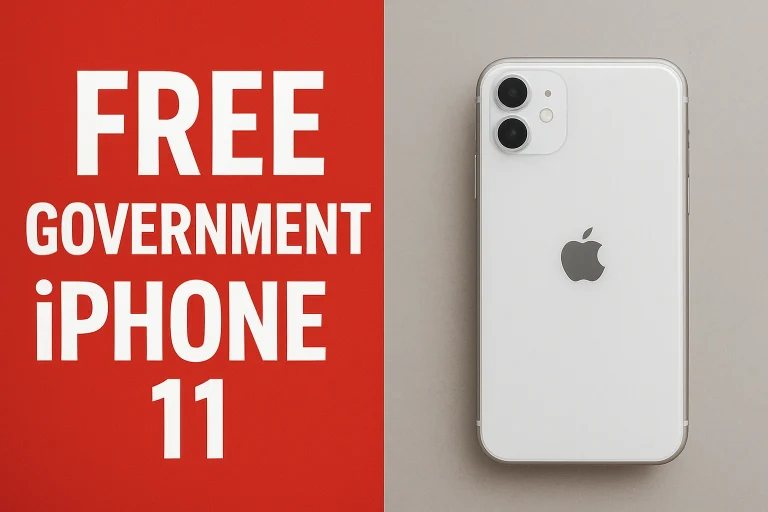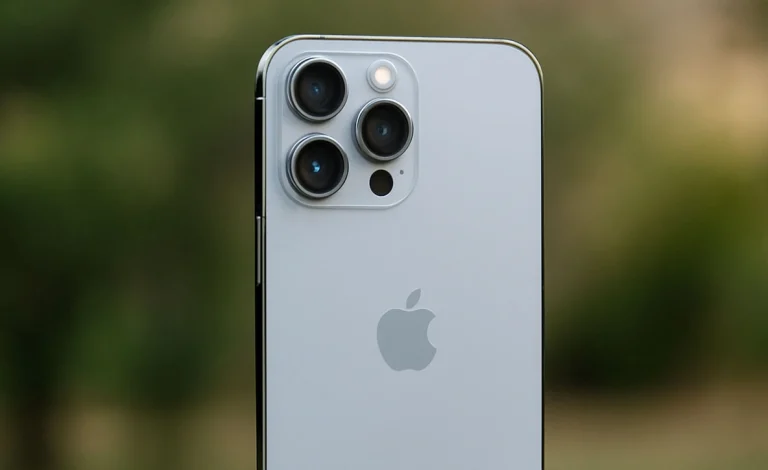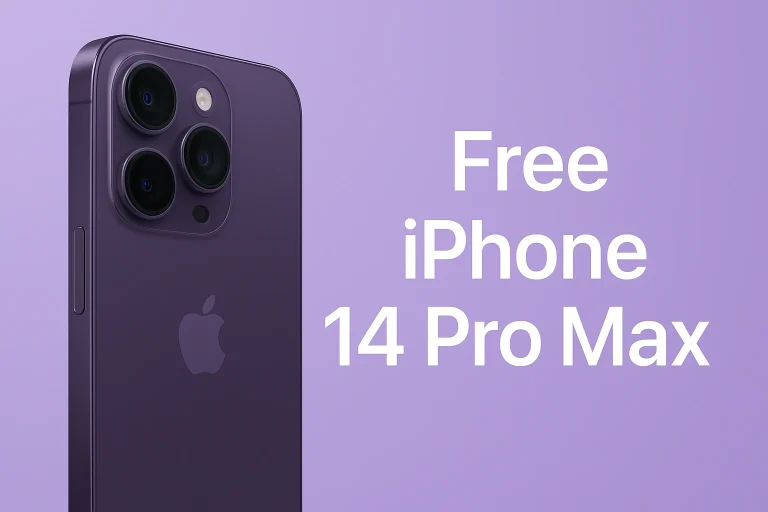Free iPhone Government Phone
Getting a smartphone isn’t just about convenience anymore—it’s a lifeline. Whether it’s for finding a job, booking a doctor’s appointment, or staying connected with family, having a reliable phone is a basic need. That’s why government programs like Lifeline have become so important, especially for low-income households across the U.S. And yes, in some cases, this includes a free iPhone government phone.
Let’s break down how the program works, who qualifies, and how to actually get one of these phones in your hands—without getting lost in technical jargon or false promises.
What Is the Lifeline Program?
The Lifeline program is a federal initiative run by the FCC that helps low-income households access free or discounted phone service. In many cases, it even includes a free smartphone. Some providers offer older iPhone models (like the iPhone 7, 8, or SE), making it one of the few legitimate ways to get an iPhone without paying a dime upfront.
To qualify, your income must be at or below 135% of the federal poverty level, or you must participate in a government assistance program like:
- Medicaid
- SNAP (Food Stamps)
- SSI
- Veterans Pension
- Federal Public Housing Assistance
If you live on Tribal lands, programs like Tribal TANF or Head Start may also count.
How to Apply for a Free iPhone Government Phone Through Lifeline
The application process isn’t hard, but you do need to follow a few steps carefully. Here’s how it works:
1. Check Eligibility
First, confirm that your household income qualifies or that you’re enrolled in one of the accepted benefit programs. The requirement is usually 135% of the poverty level or less.
2. Submit an Application
You can apply through the National Verifier online or directly through a Lifeline-approved service provider. You’ll need to provide basic personal information like your name, address, date of birth, and the last four digits of your Social Security number. You’ll also be asked to upload proof of income or program participation.
3. Choose a Lifeline Provider
Once you’re approved, you can select a provider that offers free phones in your area. Companies like AirTalk Wireless, Assurance Wireless, Life Wireless, and others participate in the Lifeline program. Benefits vary by provider, so it’s wise to compare options
4. Get Your Free Phone
After enrollment, your Free iPhone government phone will usually arrive in the mail within a few business days. Many providers include a free SIM card and cover shipping costs, so you won’t have to pay anything upfront.
Do You Really Get a Free Government iPhone?
Yes—but with a catch. Most of the Free iPhones offered are certified refurbished models, such as:
- iPhone 7
- iPhone 8
- iPhone SE (2nd generation)
These devices are fully tested and cleaned, and they usually come with a limited warranty. Don’t expect the latest iPhone 13, 14 and 15 Pro, but for basic use—calls, texts, internet, apps—they get the job done.
Here’s what some popular providers have been known to offer:
- AirTalk Wireless – iPhone 7 or 8 (certified refurbished)
- TAG Mobile – iPhone SE (2nd Gen, 64 GB)
- FreePhone Wireless – Older iPhones depending on stock
- Life Wireless – “Free smartphone,” model not specified
Availability depends on location and inventory, so the specific model you get may vary. Some providers let you choose from a short list, but most just send what’s available.
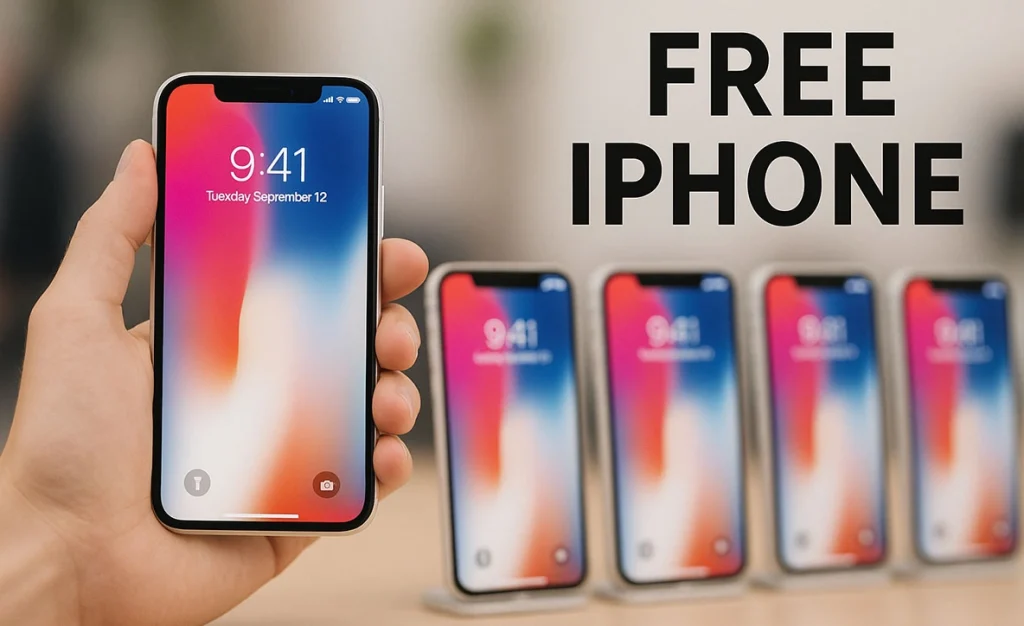
Are There Any Hidden Costs?
For most users, the entire process—application, phone, and monthly service—is completely free. Here’s the breakdown:
- No monthly bill: The Lifeline program covers the cost of your talk, text, and data plan (up to a specific limit).
- Free shipping: Many providers ship the device at no cost.
- No activation fee: You usually won’t pay anything to get started.
However, a few things might cost you:
- A small shipping or handling fee (under $10) with some providers
- Upgraded phone models or premium features
- Replacement of lost or damaged phones
As long as you stick to the standard plan and phone, you won’t pay anything.
Important Rules to Know
Before you apply, here are a few things to keep in mind:
- One per household: Only one Lifeline benefit is allowed per household, including the phone and service plan.
- Use it or lose it: You must use the service at least once every 30 days (a call, text, or data usage) to keep the benefit active.
- Annual recertification: Every year, you need to confirm that you’re still eligible, or you could lose the benefit.
- State-specific programs: If you live in California, Oregon, or Texas, you’ll need to apply through your state’s Lifeline program instead of the federal one.
- Phone ownership: You can typically keep the phone as long as you remain eligible. If you cancel the service or lose eligibility, you may have to return it—or buy it outright.
Frequently Asked Questions
Q: Is the Free iPhone brand new?
No. Most free government iPhones offered through Lifeline are refurbished or certified pre-owned models. They’re still high-quality and functional, just not fresh out of the box.
Q: Can I pick the model I want?
Not really. Most providers offer a few models depending on what’s in stock. If the iPhone 8 is out of stock, you might get a different one.
Q: Can I use my own phone instead?
Yes. Many providers let you use your own compatible, unlocked phone through their BYOD programs. You may need to request or purchase a SIM card separately.
Q: What if I move or lose eligibility?
You must inform your provider. If you move to a different state, you’ll need to reapply with a local carrier. If you stop qualifying, the benefit ends, and you may lose the free service and phone.
Final Thoughts
Getting a free iPhone government Phone isn’t a scam or clickbait—it’s a real benefit offered through Lifeline to help people stay connected. The catch? You have to qualify, go through the proper process, and understand that you’re likely getting a refurbished phone, not a brand-new one.
Still, for those who meet the criteria, it’s an incredible way to get both a phone and a monthly plan without paying a cent. Just make sure to use the service regularly, recertify your eligibility each year, and keep track of any changes in your provider’s policies.

